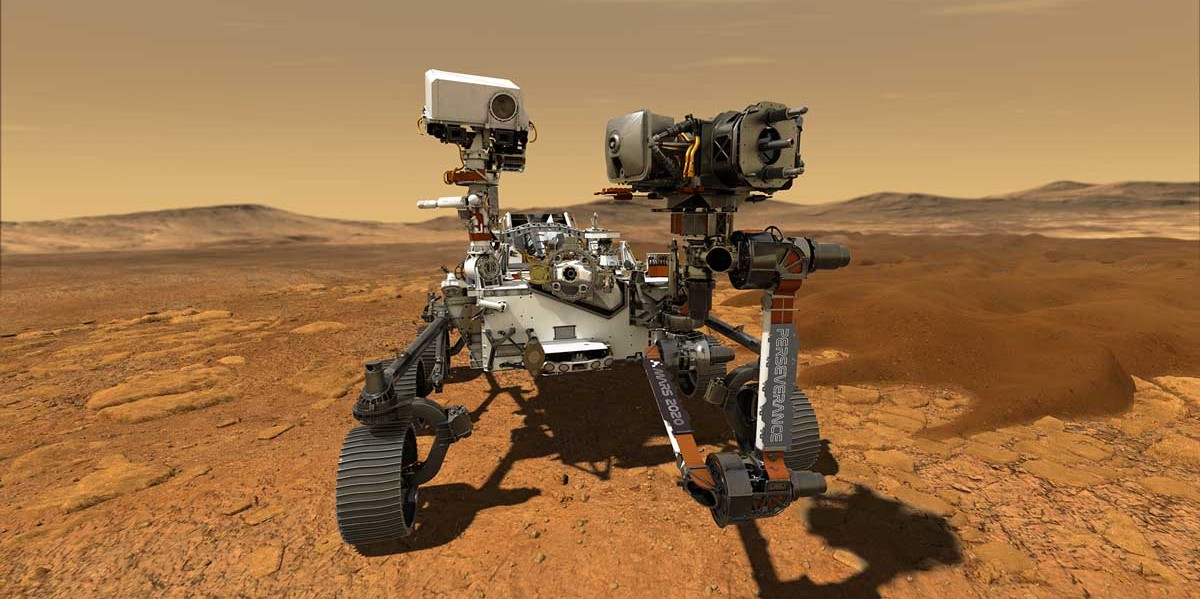“Touchdown confirmed! Perseverance safely on the surface of Mars, ready to begin seeking signs of past life,” the flight controller, Swati Mohan, announced the historical moment on the 18th February. The event marked a new chapter where humans start further exploration on Mars, and to find out whether there are other planets that boast life.
The Perseverance rover, launched by NASA, brings a strong ambition of exploring the life signal on Mars. Since the first close up picture of Mars was released in 1965, scientists have not stopped trying to reach the planet. Previous missions, such as the Curiosity and Opportunity rovers, already proved that there have previously been life signals and wet environments on Mars billions of years ago. Perseverance will be the pioneer to find out whether we are alone in the universe. In the past few decades, countries such as China, Russia, India, and Japan also tried to join the exploration of Mars and follow the USA’s lead.
“Touchdown confirmed! Perseverance safely on the surface of Mars, ready to begin seeking signs of life.”
Swati Mohan, flight controller
Mars is half the size of the Earth, and the gravitational pull is only 38% as strong. Scientists can see features of ancient, flowing liquid; with river valleys, basins, and deltas. Scientists are intrigued by what dramatic event happened on Mars that led to the current dusty and dry planet. What happened to the atmosphere?
Meanwhile, NASA also design creative projects for the younger generation to join. There are over a million students taking part in the projects to learn more about Mars. This includes watching live-stream interviews with scientists, who teach them how NASA’s projects work and about the structure of spacecrafts. Every week, students get hands-on opportunities to raise their interest in working as scientists in the future.
Every step forward after touchdown on Mars is difficult. “We do it very carefully. We toe-dip; we make sure that nothing goes wrong, and at the end of that is when we start the next set of checkouts where we’ll deploy the arm [a flexible “tool belt” of equipment for exploring Mars]. We’ll do our first drive — about five meters forward and back. The next challenge of Perseverance is transfering the data back to the Earth to maintain long distance control.”
The next joint-visitor to the planet will come from China and Dubai, which were launched last year. China mission Tianwen-1, will try to land its own rover on Mars as early as May.
By Jian Feng
Featured image via NASA.

